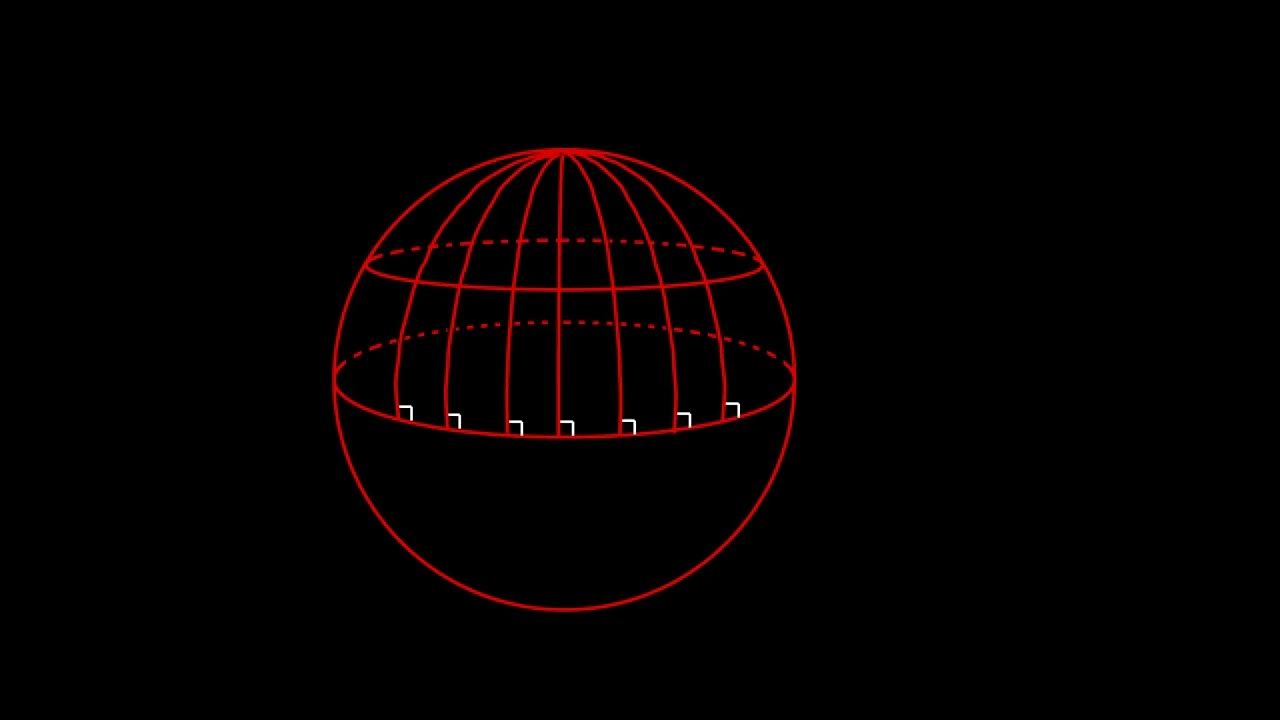PROJECTIVE GEOMETRY - Introduction
Summary
TLDRThis video introduces projective geometry, emphasizing its significance as a broader framework than Euclidean geometry. It explains fundamental concepts such as the convergence of parallel lines at infinity and the role of perspective in art, particularly during the Renaissance. By illustrating how observer viewpoints affect shape perception, the video connects mathematical principles with artistic representation. Historical contributions from figures like J.V. Ponzilet, Carl von Stodd, and Felix Klein are highlighted, showcasing the evolution of projective geometry and its invariant properties under transformation. Overall, the lesson serves as a gateway into the intriguing relationship between mathematics and art.
Takeaways
- 😀 Projective geometry is an extension of Euclidean geometry, emphasizing broader geometric principles.
- 🌌 One of the core principles of projective geometry is that parallel lines meet at infinity, highlighting its connection to perspective in art.
- 🎥 The concept of projection is essential; it involves projecting a line segment onto an axis, demonstrating a one-to-one correspondence between points.
- 🖼️ Artists, especially during the Renaissance, used projective principles to create realistic representations in their paintings.
- 🔍 The observer's viewpoint plays a crucial role in how shapes are perceived, affecting the appearance of geometric figures.
- 📏 Projectivity is defined as a finite sequence of perspectivities, showing how different lines relate through an observer's perspective.
- 📐 Invariant properties in projective geometry focus on relationships that remain consistent under transformations, such as collinearity of points.
- 📚 The historical development of projective geometry involves significant contributions from mathematicians like Chait and Ponzilet.
- 🛠️ Carl von Stodd and Felix Klein were pivotal in establishing projective geometry's relevance without relying on metric measurements.
- 💬 Engagement with the audience is encouraged, with an invitation to ask questions and participate in further activities related to projective geometry.
Q & A
What is projective geometry?
-Projective geometry is a branch of mathematics that formalizes the principle that parallel lines meet at infinity, emphasizing the observer's perspective.
How does projective geometry relate to perspective in art?
-Projective geometry captures the principles of perspective, allowing artists to represent three-dimensional space on a two-dimensional canvas accurately by understanding how objects appear from different viewpoints.
What is the significance of the projection process in projective geometry?
-The projection process involves mapping a line segment onto an axis by dropping perpendiculars, establishing a one-to-one correspondence between points, which illustrates how distances and relative positions can change while maintaining certain geometric relationships.
Can you explain the concept of perspectivity in projective geometry?
-Perspectivity refers to the relationship between two lines in projective geometry where points on one line correspond to points on another line through a common point of view, called the center of perspectivity.
What role did Renaissance artists play in the development of projective geometry?
-Renaissance artists applied the concepts of perspectivity to enhance the realism of their paintings, demonstrating how the artist's viewpoint influences the depiction of objects.
What is a projectivity in the context of projective geometry?
-A projectivity is a finite sequence of perspectivities, highlighting how points and lines relate to each other under different transformations in projective geometry.
How are invariant properties studied in projective geometry?
-Invariant properties in projective geometry are examined through transformations, focusing on relationships like collinearity of points, which remain constant even when distances change.
Who were some key figures in the historical development of projective geometry?
-Key figures include J.V. Ponzolet, who published significant work in 1822, and Felix Klein, who integrated projective geometry into a broader classification of geometries in the 19th century.
What is the importance of understanding the observer's viewpoint in projective geometry?
-The observer's viewpoint is crucial in projective geometry as it directly influences how geometric shapes and relationships are perceived, emphasizing the subjective nature of visual representation.
How does the concept of projective geometry differ from traditional Euclidean geometry?
-Unlike Euclidean geometry, which relies on fixed distances and angles, projective geometry focuses on the properties of figures that remain invariant under projection, allowing for a more flexible understanding of geometric relationships.
Outlines

This section is available to paid users only. Please upgrade to access this part.
Upgrade NowMindmap

This section is available to paid users only. Please upgrade to access this part.
Upgrade NowKeywords

This section is available to paid users only. Please upgrade to access this part.
Upgrade NowHighlights

This section is available to paid users only. Please upgrade to access this part.
Upgrade NowTranscripts

This section is available to paid users only. Please upgrade to access this part.
Upgrade NowBrowse More Related Video

Introduction to Projective Geometry | WildTrig: Intro to Rational Trigonometry | N J Wildberger

10 -- Piero della Francesca e la perfezione della prospettiva -- Flavio Caroli

Classroom Aid - Non-Euclidean Geometry

Spherical Geometry in Navigation

A história continua | Os Mistérios da Matemática #4

Kenneth Williford - The Projective Consciousness Model: Phenomenological Prolegomena
5.0 / 5 (0 votes)